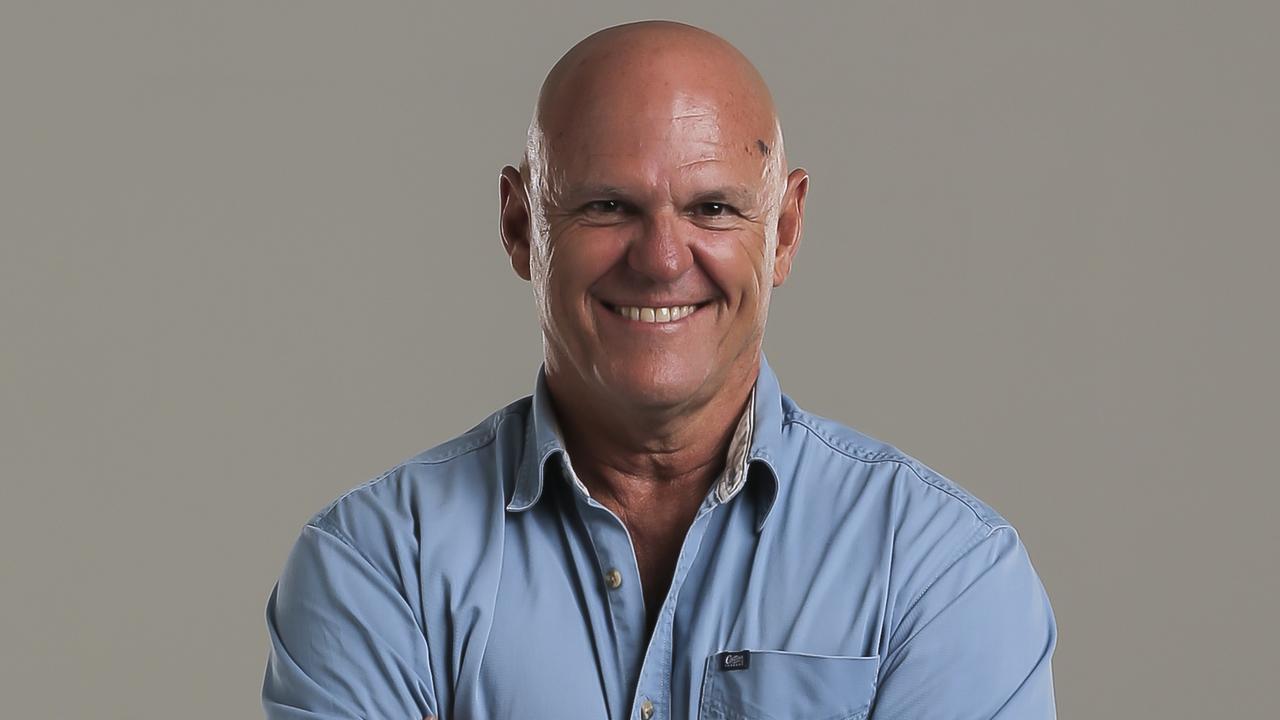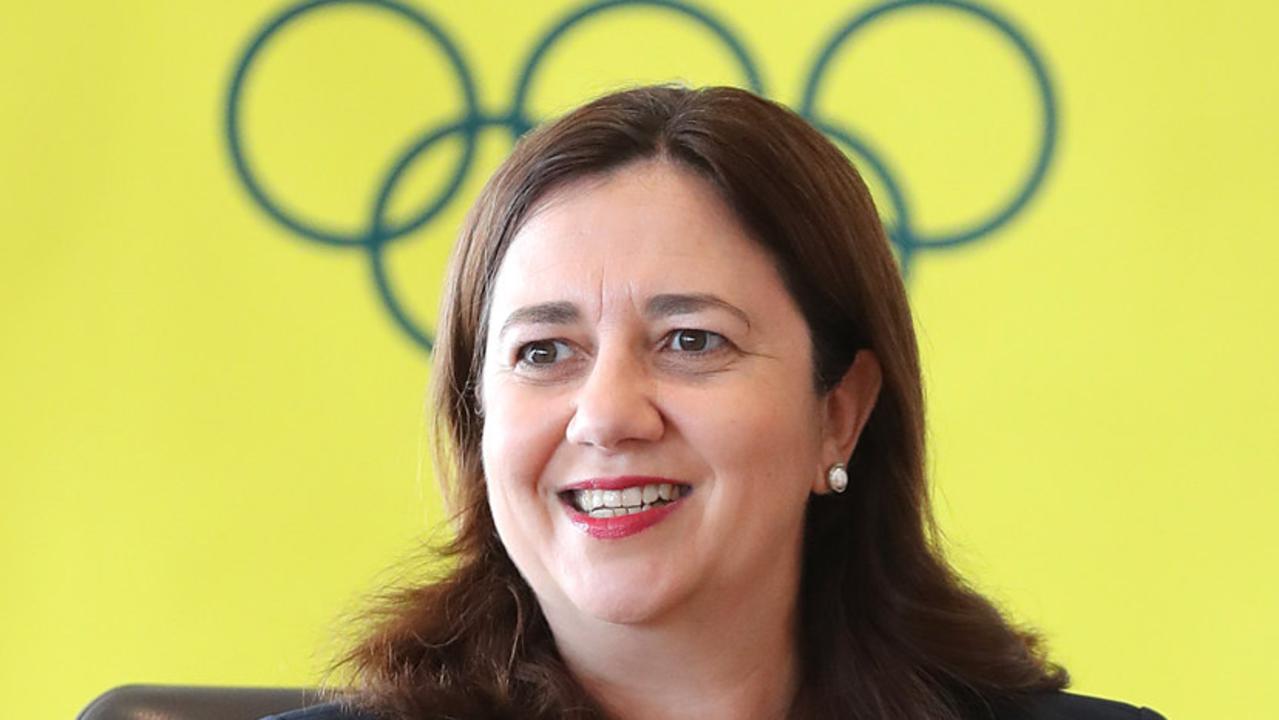Editorial: Brisbane cross-river rail plan shows co-operation is vital
AS WE have seen only too graphically in recent days, the best infrastructure proposals can come to nothing if proper planning and preparation is not done.
Opinion
Don't miss out on the headlines from Opinion. Followed categories will be added to My News.
AS WE have seen only too graphically in recent days, the best infrastructure proposals can come to nothing if proper planning and preparation is not done.
The Redcliffe railway and the trains without drivers will go down in urban-planning textbooks as a perfect example of how not to do things.
We may get this mess sorted –
after some time with reduced services and commuter anger – but the main lesson to take away from all this is that you can never do too much early
project development.
Now we have a chance to get something right after all three levels of government came together and agreed on securing for Brisbane not just one big new infrastructure project,
but two.
We have long argued the Cross River Rail plan is pivotal for the future of this great city.
Without a new rail link across
the Brisbane River in the centre of
the state’s capital, public transport would choke.
Services would have to be cancelled and delays would become so chronic there would be no faith or confidence left in the system.
Until now, one of the stumbling blocks – other than a skirmish over finding the funding – has been the State Government-owned GoPrint site at Woolloongabba which is slated as one of the underground entry points for
the project.
Brisbane City Council was elected earlier this year with a proposal to have an inner-city metro which would see vehicles go from the Royal Brisbane and Women’s Hospital at Herston to Woolloongabba, stopping at locations to the west of the city and going across
the river.
These vehicles, which are supposed to run on rubber tyres, are intended to be a hybrid of a bus and light rail.
In a bid to get both these projects going, Prime Minister Malcolm Turnbull used the visit to Brisbane by his Cabinet yesterday to get Annastacia Palaszczuk’s Government and Lord Mayor Graham Quirk’s municipal team together, agreeing to work as one team on kickstarting the Cross River Rail project and making the metro plan fit in the inner-city.
As Mr Turnbull said, these projects are not competing but complementary. They can be part of a greater planning effort to reduce congestion on the roads, improve rail travel times and increase comfort.
It is all about ensuring the investment is there, that it is put together sensibly and that a project outcome is understood and can be realised.
The Federal Government was able
to get the state and city council to
come out of their corners with a condition that they would have Commonwealth co-operation only if
they pledged to make Cross River Rail and the inner-city metro systems
work together.
Now that the business case for the Cross River Rail has been produced and sent to Infrastructure Australia – and it will be examined against some rigorous criteria – we can do everything to make this happen.
Australia generally, and Queensland in particular, suffers from a serious infrastructure deficit which has to
be addressed.
We need to remind politicians and policymakers that those who have to put up with roads, rail and other transport facilities that are not fit for purpose are the same people who will make or break governments at
elections to come.
If governments do not perform, they will feel the wrath of voters.
The kind of co-operation we’ve
seen this week is an example of how the system should work.
There are too many instances of people throwing their hands in the air and saying “we can’t get agreement” or
“it’s the fault of the other level of government”.
The blame game does nothing to improve the situation.
Instead we now have progress, led by Mr Turnbull, which shows there is another way to ensure the various levels of government can sit down and talk and find some common interest.


